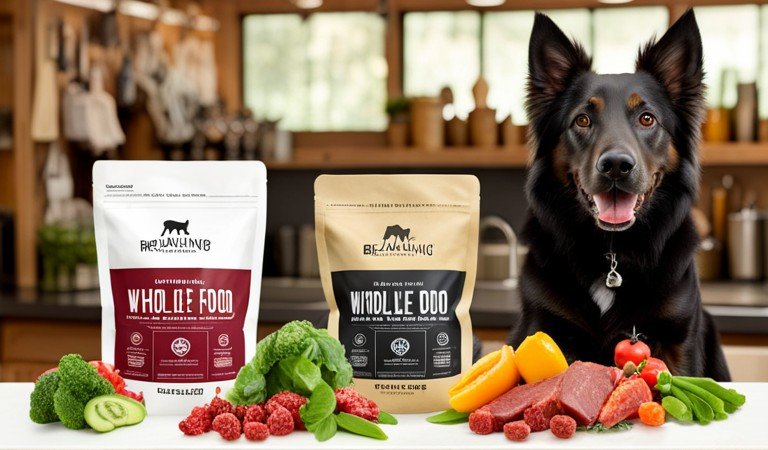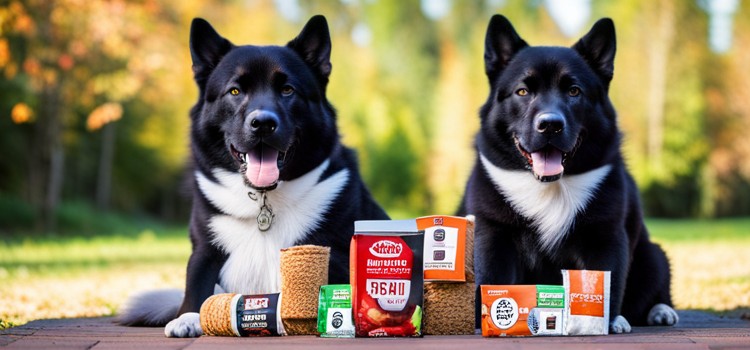As an Amazon Associate committed to the mission of improving the lives of our readers, Live-Clear.com receives a small commission from eligible purchases made through our affiliate links. This revenue enables us to keep producing insightful articles and other material.
Cat owners know how much our feline friends love treats. These tasty morsels are a great way to reward good behavior, bond with your kitty, and even sneak in some extra nutrients. However, as responsible pet owners, we must ensure the safety and quality of our treats. It’s a question that’s asked rather frequently: “How long do cat treats stay fresh?” In this comprehensive guide, we will explore the shelf life of cat treats storage tips and answer frequently asked questions to help you keep your cat’s snacks fresh and safe.

Understanding Cat Treat Shelf Life
Cat treats have a limited shelf life like any other food product. The shelf life of cat treats can vary depending on the type of treat, its ingredients, and how it’s stored. In general, cat treats typically have a shelf life of 6 months to 2 years from the date of manufacture. However, checking the packaging for the “best by” or “use by” date is essential, as this will provide specific guidance on the treat’s freshness.
It’s important to note that proper storage is crucial in maintaining the freshness and safety of your cat’s treats. Storing them in a cool, dry place away from direct sunlight is recommended to extend their shelf life. Additionally, sealing the treats tightly after each use can help prevent moisture and air from entering the packaging, which can lead to spoilage.
Factors Affecting Cat Treat Shelf Life
Several factors can affect the shelf life of cat treats, and it’s crucial to be aware of them to ensure your cat’s safety and enjoyment:
- Ingredients
The ingredients in cat treats play a significant role in determining their shelf life. Treats made with natural, preservative-free ingredients might have a shorter shelf life than those with artificial preservatives. Organic treats, for instance, often have a shorter shelf life because they lack the chemical additives that extend longevity. Additionally, the ingredients’ quality can impact cat treats’ shelf life. Fresh and high-quality ingredients are less likely to spoil quickly, resulting in a longer shelf life for the treats. It is essential to carefully read and understand the ingredient list to make informed choices about the treats you provide for your cat.
- Moisture Content
The moisture content of cat treats is another critical factor. Moist or soft treats generally have a shorter shelf life than dry, crunchy ones. The moisture in soft treats can encourage the growth of mold and bacteria, making them spoil faster. In addition, the moisture content can also affect the texture and palatability of the treats for your cat. Some cats may prefer the crunchiness of dry treats, while others may enjoy the softer texture. It is essential to consider your cat’s preferences and any dietary restrictions when choosing between moist or dry treats.
- Packaging
The packaging of cat treats also influences their shelf life. Treats in resealable, airtight bags or containers tend to stay fresher longer, as they are less exposed to oxygen and moisture. Always make sure to seal the package tightly after use to maintain freshness. Additionally, consider the size of the packaging. If you have a small cat or only plan on giving treats occasionally, smaller packages may be more suitable to prevent treats from going stale. On the other hand, if you have multiple cats or frequently give treats, larger packages may be more convenient and cost-effective.
- Storage Conditions
Where and how you store your cat treats significantly impacts their shelf life. Keeping treats in a cool, dry place away from direct sunlight and extreme temperatures is essential. Exposure to heat, humidity, or sunlight can accelerate spoilage. Additionally, it is essential to seal the treats tightly after each use to maintain their freshness. Consider using airtight containers or resealable bags to prevent air and moisture from entering. This will help extend the shelf life of the treats and ensure that your cats can enjoy them for extended periods.
How to Store Cat Treats Properly
Proper storage is crucial to extend the shelf life of cat treats and keep them safe for your feline friend. Here are some essential tips for storing cat treats:
Check the Packaging
Always check the “best by” or “use by” date on the packaging to ensure you are within the recommended timeframe for consumption. Expired cat treats can harm your cat’s health, so it’s essential to discard any treats that have passed their expiration date. Seal the packaging tightly after each use to prevent air and moisture from entering and causing spoilage.
Seal the Package
After each usage, ensure the container is entirely hermetically sealed so that no air or moisture can enter. Consider transferring treats to an airtight container if the original packaging is not resealable. This will help maintain the freshness and quality of the cat treats for longer. Additionally, storing the treats in a cool and dry place can further extend their shelf life and ensure that your cat gets to enjoy them while they are still safe and delicious.
Store in a Cool, Dry Place
Keep cat treats in a cool, dry place like a pantry or cupboard. Avoid storing them in areas exposed to direct sunlight, heat, or high humidity. These environmental factors can accelerate the degradation of the treats and reduce their overall quality. It is also essential to ensure that the storage area is free from any potential contaminants, such as pests or chemicals, to maintain the safety of the treats for your cat’s consumption.
Avoid Cross-Contamination
Store cat treats away from other pet food or human snacks to prevent cross-contamination. Cats can be sensitive to specific ingredients found in other food products. Cross-contamination can lead to allergic reactions or digestive issues in cats. It is recommended to store cat treats in a separate container or area to avoid any accidental mixing with other food items. Additionally, regularly cleaning and sanitizing the storage area can help prevent the growth of bacteria or mold that could harm your cat’s health.
Use airtight containers
Consider using airtight containers for long-term storage. These containers can help keep treats fresh and protect them from environmental factors. Furthermore, airtight containers can prevent the treats from absorbing any odors or flavors from other nearby food items, ensuring that your cat’s treats maintain their original taste and quality. Additionally, labeling the containers with the date of purchase or expiration can help you track when to replace old treats with fresh ones.
Signs of Spoiled Cat Treats
Recognizing when cat treats have gone wrong is essential to protect your cat from consuming potentially harmful ingredients. Here are some signs that indicate spoiled cat treats:
- Unusual Odor: If the treats have a rotten or foul odor, they are likely spoiled and should be discarded.
- Mold or Discoloration: Visible mold or unusual discoloration on the treats is a clear sign of spoilage. Do not feed these treats to your cat.
- Texture Changes: If the treats have become mushy, excessively dry, or have an altered texture, it’s best to discard them.
- Change in Taste: If your cat refuses to eat the treats or shows a sudden disinterest, it could be due to spoilage.
- Insects or Pests: If you find any insects or pests in the treat container, it’s a sign that the treats are no longer safe for consumption.
If you notice any of these signs, dispose of the treats immediately. Your cat’s health is the top priority.

Conclusion
Cat treats are a delightful way to pamper your feline friend, but ensuring their freshness and safety is crucial. By understanding the factors that affect cat treat shelf life and following proper storage practices, you can keep your cat’s treats tasty and safe for consumption. Always pay attention to the packaging dates and signs of spoilage to provide your cat with the best possible treats. Your cat’s well-being and enjoyment should always be a top priority.
FAQ: Your Cat Treat Questions Answered
It’s not recommended to feed expired cat treats to your cat. The “best by” or “use by” date on the packaging is there for a reason. Expired treats may have lost their flavor and nutritional value and could be harmful.
You can extend the shelf life of cat treats by storing them in a cool, dry place in airtight containers. However, checking the packaging for the manufacturer’s recommended shelf life is essential.
“Best by” dates indicate when the treats are at their peak quality, while “use by” dates suggest the date until they are safe to eat. It’s generally safe to consume treats slightly past their “best by” date if they have been stored correctly and show no signs of spoilage.
Freezing cat treats is not recommended, as it can change their texture and flavor. It’s best to follow the storage recommendations provided on the packaging.
If you suspect your cat has eaten spoiled treats and displays signs of illness (vomiting, diarrhea, lethargy, etc.), contact your veterinarian immediately for guidance.
Remember that cat treats, like any other pet product, should be a part of a balanced diet. Treats are meant to be occasional rewards, not a substitute for regular cat food. Always prioritize your cat’s well-being and health regarding their dietary choices.
By staying informed and providing the best care for your cat, you’ll create a happy and healthy environment for your beloved pet.
Amazon and the Amazon logo are trademarks of Amazon.com, Inc, or its affiliates.



